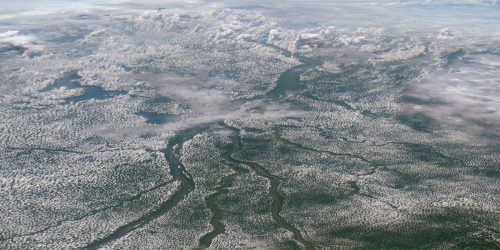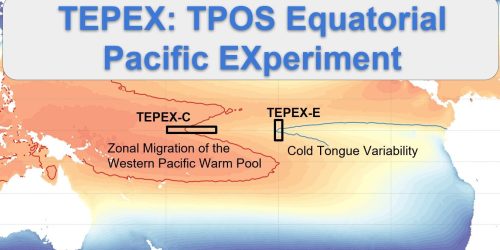As extreme heat risks increasingly threaten multiple societal sectors, researchers are examining the interactions and influences of multiple factors on regional extreme heat events and atmospheric observations are an essential component. The Integrated Global Radiosonde Archive (IGRA) managed by the National Center for Environmental Information (NCEI) consists of radiosonde and pilot balloon observations at over 2,700 globally distributed stations, with measurements dating back to more than a century ago, while recent data are available in near real time. CPO’s Climate Observations and Monitoring program, in partnership with NCEI’s Applied Research Center has supported activities in the past that led to the release of IGRAv2 in 2017 and funded external research in 2018 to advance homogenization methods for variables in the radiosonde dataset, including temperature and humidity. Other radiosonde observation variables include pressure, geopotential height, dew point depression, wind speed and direction, and elapsed time since launch.
While working on homogenization methods, COM-funded researchers and collaborators have demonstrated the ways in which these high quality, consistent, and long-term datasets can be used in combination with reanalyses and modeling datasets to answer questions such as those related to contributing factors of a regional extreme heat event in a recent study published in BAMS: Explaining Extreme Events of 2018: A Climate Perspective earlier this year. Results show that anthropogenic warming-induced changes in circulation (e.g. strengthening of an anomalous cyclone) was largely responsible for enhancing the severity of 2018 summer heat and increases the probability of a summer heat wave; while localized urbanization exacerbates conditions further.










